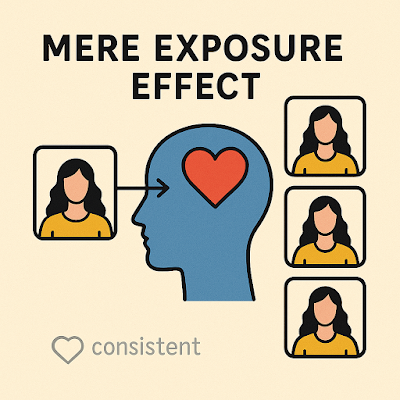💛 Dosti Aur Psychology: Ek Dil Se Dimag Tak Ka Safar
Dosti — ek aisa rishta jo na sirf humare dil ko khush rakhta hai, balki dimag ke liye bhi ek therapy ka kaam karta hai. Shayad isi liye kehte hain, “Zindagi mein dost ho toh har mushkil asaan lagti hai.”
Lekin kya tum jaante ho ki science bhi kehta hai ki ache dost hona mental aur physical health ke liye faydemand hota hai?
Chalo jaante hain kaise!
---
🧠 1. Dost = Natural Stress Buster
Jab hum apne close friends ke saath waqt bitate hain, hamare brain me oxytocin (feel-good hormone) release hota hai.
Ye hormone anxiety aur stress ko kam karta hai, aur ek emotional comfort provide karta hai.
Isliye jab bhi udaasi ho, ek dost ki company instantly mood lift kar deti hai.
---
💬 2. Dosti Sunti Hai, Judge Nahi Karti
Har kisi ko ek aise dost ki zarurat hoti hai jiske saamne hum bina dare apna asli roop dikha saken.
Emotional sharing dimaag ka pressure kam karta hai aur inner peace laata hai.
Aur ache dost toh sirf sunte hi nahi, zarurat padne par motivate bhi karte hain.
---
❤️ 3. Dosti Se Dil Bhi Mazboot Hota Hai
Studies kehta hai ki jin logon ke paas strong friendship circle hota hai, unka heart health aur immunity system strong hota hai.
Aur ye log zyada lambe samay tak healthy rehte hain.
Matlab, dosti literally zindagi badha sakti hai!
---
👥 4. Tumhara Friend Circle, Tumhari Identity
Psychology kehta hai:
“You are the average of the 5 people you spend the most time with.”
Agar tumhare dost positive, creative aur honest hain, toh tum bhi dheere-dheere wahi qualities adopt kar loge.
---
✨ Ek Chhoti Si Baat...
Dosti koi formal rishta nahi, ek aisa connection hai jo khud-b-khud dil se banta hai.
Toh apne doston ki value karo, unke saath waqt bitao, aur khud bhi kisi ke liye wo 'special friend' bano.
---
📌 Quote of the Day:
> “A real friend is one who walks in when the rest of the world walks out.” – Walter Winchell
“Aapke doston ke saath apne moments ka kya matlab hai? Kya aap bhi kisi aise dost ko jaante hain jo har mushkil mein saath ho? Apni dosti ka experience humare saath share karein!”





.jpeg)















